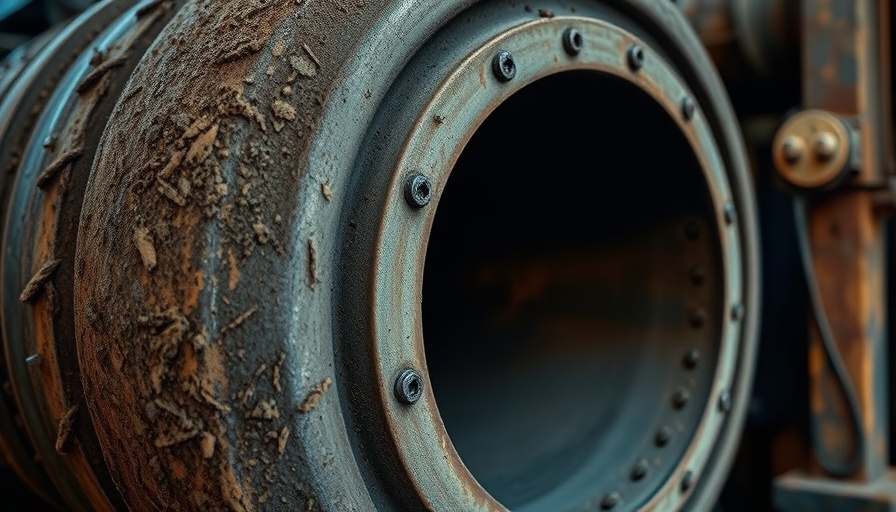
Transforming HVAC Maintenance: The Shift to Chemical-Free Solutions
It’s common knowledge that keeping evaporator coils clean can dramatically restore HVAC efficiency, resulting in better indoor air quality and longer equipment lifespan. However, as industry standards continue to evolve, more facility managers are leaning towards avoiding harsh chemical cleaners. As a result, alternative cleaning methods like dry steam cleaning, manual tools, and water-only systems are taking the spotlight. This switch highlights a growing trend in sustainability and safety, essential for sensitive environments such as schools and healthcare facilities.
Reasons to Select Chemical-Free Cleaning
One of the principal reasons to opt for chemical-free cleaning methods is the impact that traditional cleaners can have on indoor air quality. Volatile organic compounds (VOCs) and aerosols released by chemical cleaners can create safety issues in sensitive spaces, from healthcare to data centers. In fact, aggressive cleaners often risk not just the equipment but also the health of those using the facilities.
In light of these concerns, facilities pursuing LEED points or adhering to corporate ESG goals find that chemical-free options provide a quick win. Cleaning evaporator coils without the chemical aftermath simplifies compliance with regulations and minimizes the storage, transport, and disposal challenges often associated with chemical use.
Exploring Dry Steam Cleaning
Dry steam cleaning has emerged as a favored method for its efficiency and effectiveness. By harnessing superheated steam, the process dismantles grease, dust, and even biological growth on the coils, all while leaving minimal residue. This makes it a strong candidate where indoor air quality and environmental safety are priorities.
When steam at heated temperatures (300°F/150°C or higher) is utilized, it penetrates deeply, effectively sanitizing surfaces. Importantly, the method generates minimal wastewater, aligning perfectly with facilities looking to manage the risk of electrical hazards safely. Nevertheless, investments in dry steam cleaning technology can be higher than simpler chemical solutions, necessitating training for HVAC professionals to prevent accidental damage to sensitive equipment.
Benefits of Switching to Alternatives
Switching to chemical-free cleaning doesn’t merely elevate safety standards; it also cultivates a favorable environmental footprint. For organizations aiming for sustainability, the use of dry steam systems is not just a choice but a statement about their commitment to greener practices. This alternative method supports crucial industries like healthcare, food processing, and education while lowering the corporate bottom line through improved operational efficiency.
How to Maintain Your HVAC Systems Effectively
Using chemical-free cleaning solutions signals a proactive step towards tackling indoor air quality issues and embracing sustainability. This allows facility managers to build trust with occupants by ensuring safe and healthy environments. Techniques like dry steam cleaning can lessen workload while elevating the effectiveness of HVAC systems. Furthermore, regular maintenance supported by preventative strategies that incorporate systems like UV-C can extend the lifespan of equipment.
Facility managers and HVAC professionals are encouraged to explore these advantages in their operational strategies. By adopting safer cleaning methodologies, they not only enhance the quality of air but also comply with strict safety regulations, ensuring that they foster a better environment for all.
 Add Row
Add Row  Add
Add 




Write A Comment